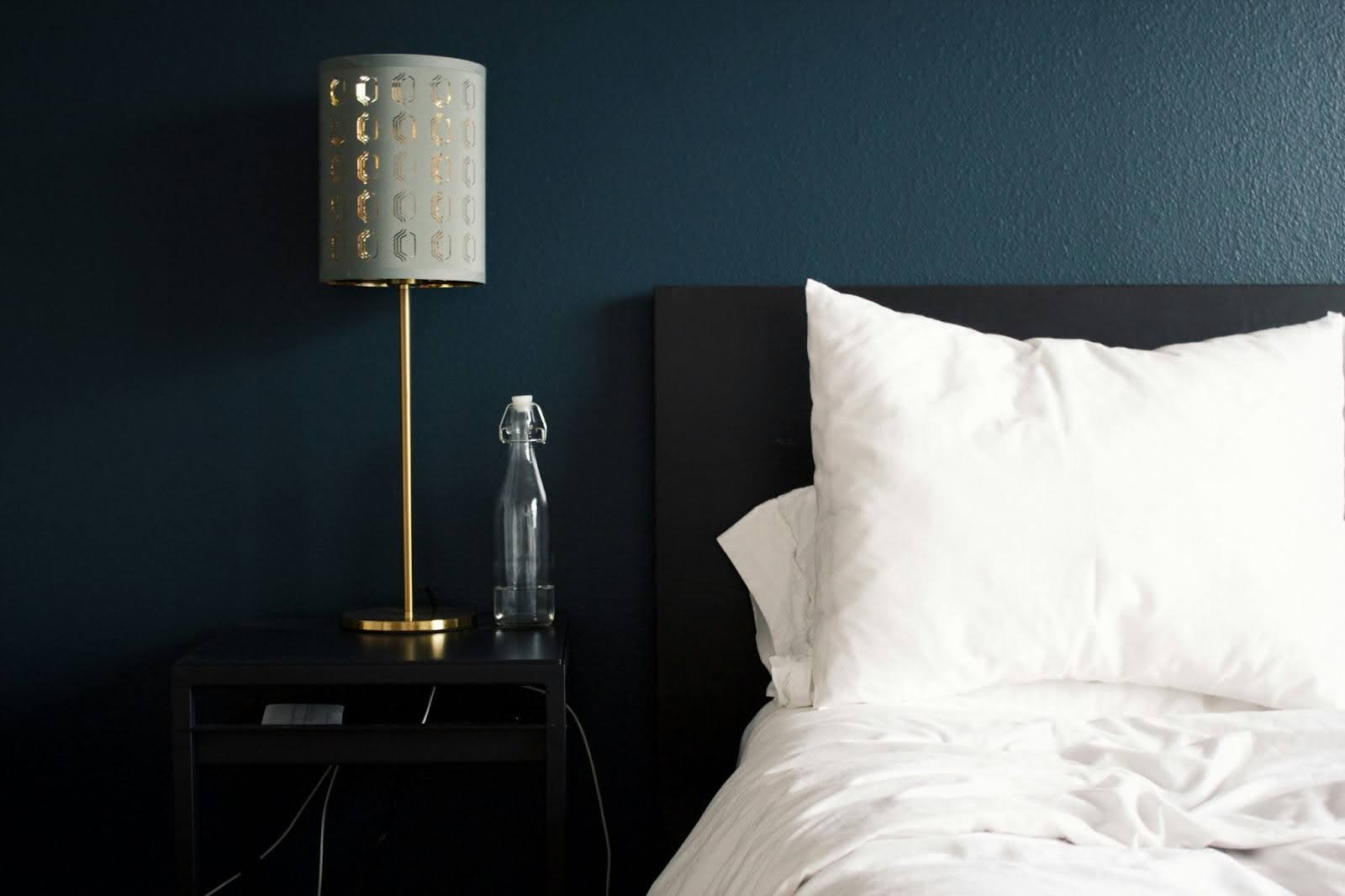In the last decade, the “bed-in-a-box” industry has revolutionized how consumers shop for and purchase mattresses. What started as a niche concept with a handful of online-only retailers has now become a booming segment in the mattress market.
The change has reshaped customer expectations and challenged traditional brick-and-mortar stores. With the promise of convenience, quality, and affordability, bed-in-a-box companies have disrupted the sleep industry. But how did this phenomenon come to be, and where does it stand today?
The Origins: How the Bed-in-a-Box Became a Game Changer
The idea of a mattress arriving at your doorstep in a compact box was almost unthinkable just over a decade ago. Traditional mattress shopping involved visiting a showroom, trying out various beds in person, and often dealing with pushy salespeople and complicated delivery logistics. This cumbersome process was ripe for innovation.
In 2014, Casper, a New York-based startup, brought the first real breakthrough to the market. By utilizing technology to compress mattresses into smaller, more manageable packages, Casper could ship its mattresses directly to customers at a fraction of the cost.
The company’s clever marketing strategy, which featured high-quality social media content and a direct-to-consumer (DTC) sales model, garnered attention and made buying a mattress online seem easy and even exciting. Soon after, other companies like Purple, Tuft & Needle, and Keetsa followed suit, solidifying the bed-in-a-box as a legitimate alternative to traditional mattress shopping.
Why the Bed-in-a-Box Model Took Off
The explosive growth of the bed-in-a-box industry can be attributed to several factors:
Convenience and Cost Efficiency
One of the biggest selling points of bed-in-a-box companies is convenience. By offering free shipping and a straightforward delivery process, these companies eliminate the need for consumers to transport bulky mattresses.
Additionally, many of these companies offer generous trial periods, allowing customers to sleep on their mattress for up to 100 nights (or more) before deciding whether to keep it. This model removed much of the risk and uncertainty associated with online mattress shopping.
The direct-to-consumer approach also means that bed-in-a-box companies cut out the middleman, reducing costs and allowing for competitive pricing compared to traditional mattress retailers.
Technology and Innovation
Advances in foam technology, particularly memory foam, made it possible to compress and roll up mattresses without sacrificing support or comfort. These technological innovations allowed bed-in-a-box companies to offer a product that could rival traditional spring and coil mattresses in terms of comfort and durability.
Social Media and Influencer Marketing
Bed-in-a-box companies were early adopters of social media and influencer marketing. They created viral content, partnered with influencers, and encouraged satisfied customers to share their experiences. The relatable, often humorous approach of their marketing campaigns resonated with a younger audience who was accustomed to shopping online.
The Pandemic and Shifting Consumer Behavior
During the COVID-19 pandemic, online shopping surged, and the bed-in-a-box model benefited immensely from this shift. As more people invested in home improvements and looked for ways to optimize their living spaces, demand for mattresses soared. Many traditional mattress stores were closed, and consumers turned to the convenience of ordering a mattress online, contributing to an even larger spike in sales.
The Current State of the Bed-in-a-Box Market
Today, the bed-in-a-box industry has matured and expanded, encompassing a wide range of brands, price points, and mattress types. While the initial wave of companies focused on a few core products—usually all-foam mattresses—newer entrants have diversified their offerings to include hybrids, latex, and even smart mattresses equipped with advanced features like cooling technology or adjustable firmness.
The competition is fierce, with new brands entering the market almost every year. This has led to more aggressive marketing tactics and a proliferation of promotions, discounts, and giveaways as companies vie for consumer attention.
While many bed-in-a-box brands remain exclusively online, some have expanded into physical retail locations, blending the online and offline shopping experience.
Published by: Josh Tatunay











